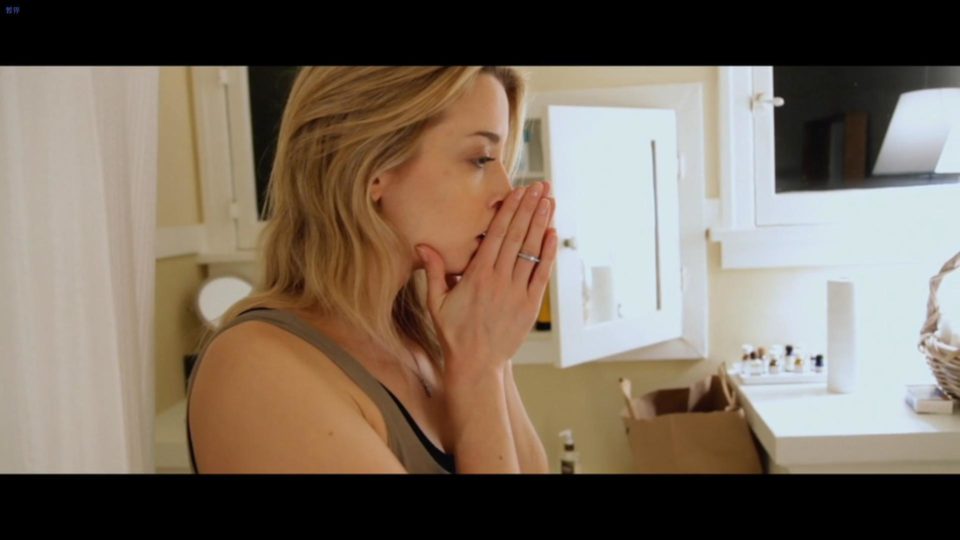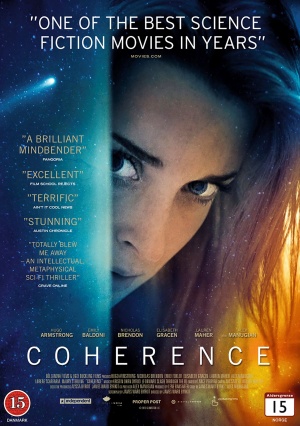
It refers to many of the major elements of communication in the cinema, and the combinations through which they operate expressively. Mise-en-scène therefore encompasses both what the audience can see, and the way in which we are invited to see it. So in talking about mise-en-scène, one is also talking about framing, camera movement, the particular lens employed and other photographic decisions. The organisation of the contents of the frame encompasses the relationship of the actors to one another and to the décor, but also their relationship to the camera, and thus the audience’s view. What are the contents of the frame? They include lighting, costume, décor, properties, and the actors themselves. He describes it as, “the contents of the frame and the way that they are organised” (5). For Gibbs, mise-en-scène arises out of a confluence of visual film elements. I’m particularly receptive to Gibbs’s definition of mise-en-scène, and I can see myself teaching it in the future. In many ways, the book is a primer on the topic and, as such, is thoughtful and patient in its explication of what-in Gibbs’s reading-mise-en-scène encompasses, where the term comes from, how its meaning has changed over time, historical examples of its use, and why mise-en-scène analysis remains a potent tool for grappling with film meaning beyond narrative analysis.

EXPRESSIVE COHERENCE EXAMPLES IN FILM SERIES
Later in this series of capsule reviews, I hope to look at more recent additions to the field, particularly Adrian Martin’s Mise en Scène and Film Style, published by Palgrave Macmillan 2014). John Gibbs’s 2002 monograph Mise-en-Scène: Film Style and Interpretation (Wallflower) is a very useful primer on both the concept itself and the history and state of scholarship (at least, that is, up to 2002. And because it’s so wedded to questions of authorship, it can be appropriated by scholars of production design interested (like myself) in arguing for the role that design plays in a film’s authorship. It has a rich history and there are numerous texts to draw on, including some of the foundational texts of modern film studies by writers like Laura Mulvey or Thomas Elsaesser. Ask a group of film scholars whether mise-en-scène includes actors or lighting and you’re likely to get as many answers as there are scholars in the group.ĭespite these perceived drawbacks, however, mise-en-scène analysis can be incredibly useful when studying production design.

Because of its association with close formal analysis, mise-en-scène analysis is also often regarded as outdated and maybe a bit musty, along with other types of textual analysis.Īnd it doesn’t help that the definition of the term seems to shift somewhat over time and with the user.


 0 kommentar(er)
0 kommentar(er)
